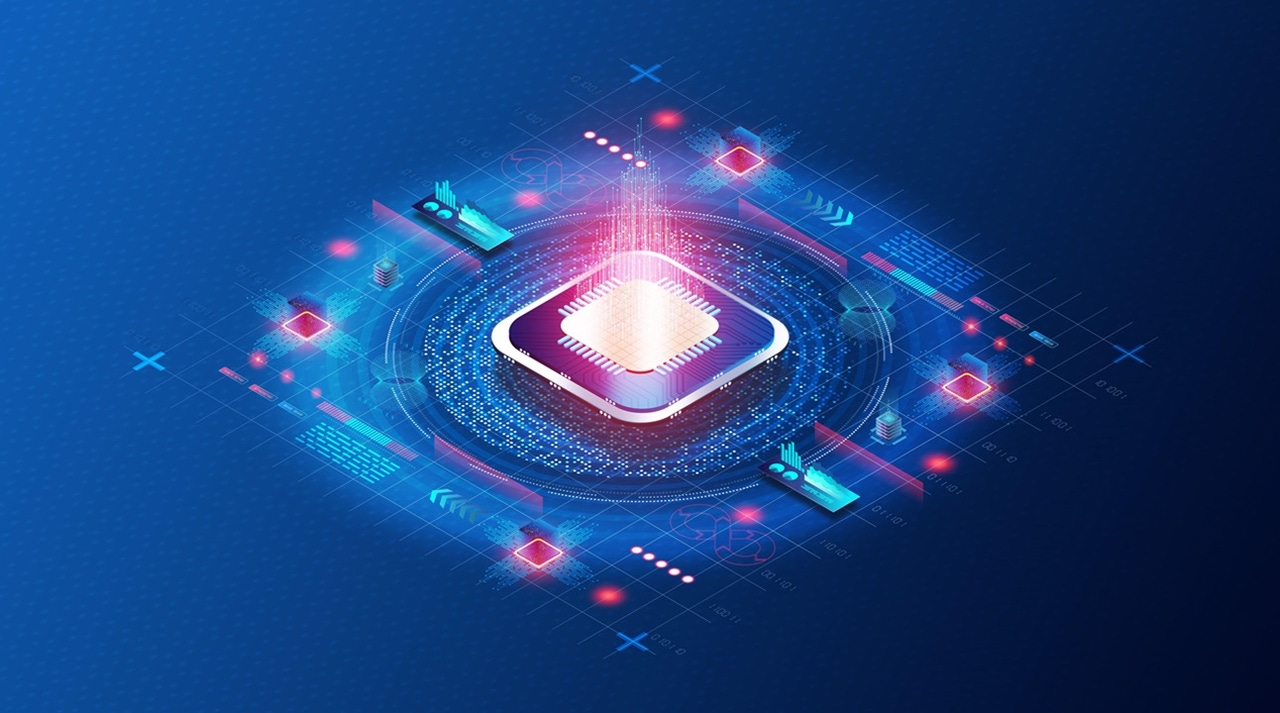How DPUs Make Collaboration Between AppDev and NetOps EssentialHow DPUs Make Collaboration Between AppDev and NetOps Essential
When AppDev and NetOps teams work together, DPUs can become a competitive advantage, enabling faster, more secure application delivery while minimizing infrastructure complexity.

In a scant few years, public compute clouds have gone from CPU dominance to an exploding diversity of silicon architectures — all offered as-a-service. While GPUs have gotten much of the limelight due to AI, DPUs in the cloud are having an equally profound impact on how applications are delivered and network functions are designed. The rise of DPU-as-a-Service is breaking down traditional silos between AppDev and NetOps teams, making collaboration essential to fully unlock DPU capabilities. DPUs offload network, security, and data processing tasks, transforming how applications interact with network infrastructure. AppDev teams must now design applications with these offloading capabilities in mind, identifying which tasks can benefit most from DPUs—such as real-time data encryption or intensive packet processing. Meanwhile, NetOps teams need to reconfigure network monitoring, security policies, and data flow to integrate DPU functionality seamlessly.
For both teams, this collaboration means co-designing workflows and optimizing applications to capitalize on the DPU’s acceleration while ensuring network performance remains visible, secure, and efficient. By working together, AppDev and NetOps can create architectures that are both application-centric and network-aware, making it possible to deliver high-performance, low-latency applications that meet modern security and speed demands. This partnership turns DPUs into a competitive advantage, enabling faster, more secure application delivery while minimizing infrastructure complexity. This article explores the new team dynamics forged by DPUs and the new possibilities these processors unlock for fully optimized, network-aware application delivery.
DPUs in Practice for Modern, Cloud-Native Apps
In today's cloud-native world, the distinction between application and infrastructure is blurring. No longer can AppDev teams develop applications in isolation from infrastructure concerns, nor can NetOps teams manage network resources without understanding application requirements. Consider a modern cloud-native application handling sensitive financial transactions. Traditionally, AppDev teams would focus on business logic while leaving network security and encryption to NetOps. With DPUs, these responsibilities become intertwined. AppDev teams must explicitly design applications to leverage DPU-accelerated encryption, while NetOps teams need to configure DPUs to handle these workloads efficiently. This intersection of concerns creates a natural collaboration point.
The benefits of this collaboration extend beyond security. DPUs excel at packet processing, data compression, and storage operations. When AppDev and NetOps teams work together, they can identify opportunities to offload compute-intensive tasks to DPUs, dramatically improving application performance. For instance, a streaming analytics application might leverage DPUs for real-time data preprocessing, reducing latency and CPU overhead. This optimization requires both application architecture knowledge and network infrastructure expertise.
Kubernetes environments particularly highlight the need for AppDev-NetOps collaboration. DPUs can accelerate container networking, load balancing, and service mesh functions. However, realizing these benefits requires AppDev teams to design their microservices architecture with DPU capabilities in mind, while NetOps teams must ensure the underlying infrastructure supports these patterns. The result is faster, more efficient container orchestration and Kubernetes networking that benefits both teams.
Edge computing represents another frontier where AppDev-NetOps collaboration becomes critical. DPUs enable sophisticated network and security functions at the edge, but leveraging these capabilities requires careful coordination. AppDev teams must design edge-aware applications that can exploit proximal DPU acceleration, while NetOps teams need to ensure edge infrastructure meets application requirements and contains both sufficient DPUs and sufficient bandwidth to handle high-performance, modern applications. Good collaboration between NetOps and AppDev can build on the cornerstone of DPUs to enable new classes of low-latency, secure edge applications.
Breaking Down Silos to Unlock the Full Potential of DPUs
However, fostering this collaboration requires organizational change. Traditionally, AppDev and NetOps have had minimal interaction. Both teams considered the other to be operating at a different altitude, with different concerns. Savvy Platform Operations and Platform Engineering teams can shrink the gap with cross-functional teams that bring together application developers and network engineers. Because Layer 4 and Layer 7 already have converged for many use cases, AppDev and NetOps teams can more easily use the same monitoring and observability tooling.
The rise of DPUs also demands new skills from both teams. Developers need to understand network architecture and DPU capabilities to design optimal applications. Network engineers must become more familiar with application development patterns and tools. This skill convergence creates opportunities for career growth and innovation.
Looking ahead, the collaboration between AppDev and NetOps will only become more crucial. As DPU capabilities expand and cloud services evolve, organizations that maintain rigid team boundaries will miss out on the key benefits of emerging processing architectures. Those who embrace cross-functional collaboration will be better positioned to leverage DPU acceleration for enhanced application performance, improved security, and optimized infrastructure utilization.
The DPU revolution is more than a hardware transformation—it's a catalyst for organizational change. By bringing AppDev and NetOps teams together, DPUs are enabling a new generation of high-performance, secure, and efficient applications. Organizations that recognize and embrace this change will be best positioned to thrive in the evolving cloud landscape.
About the Author
You May Also Like




